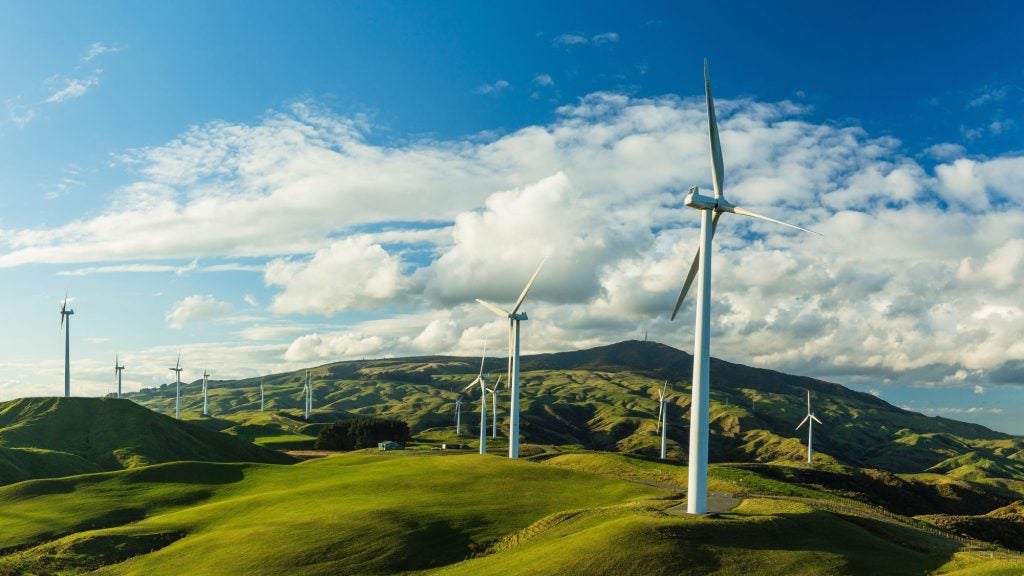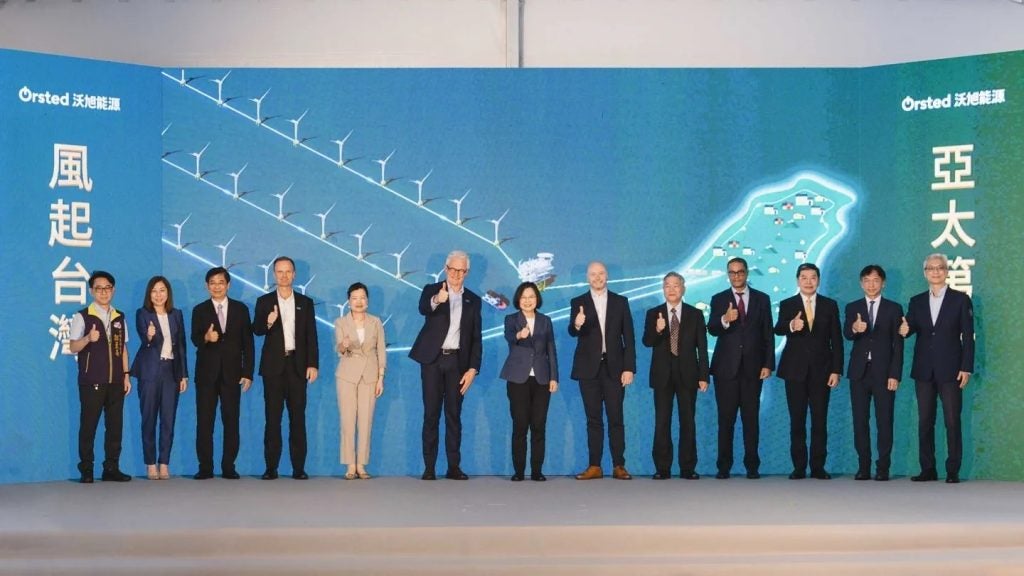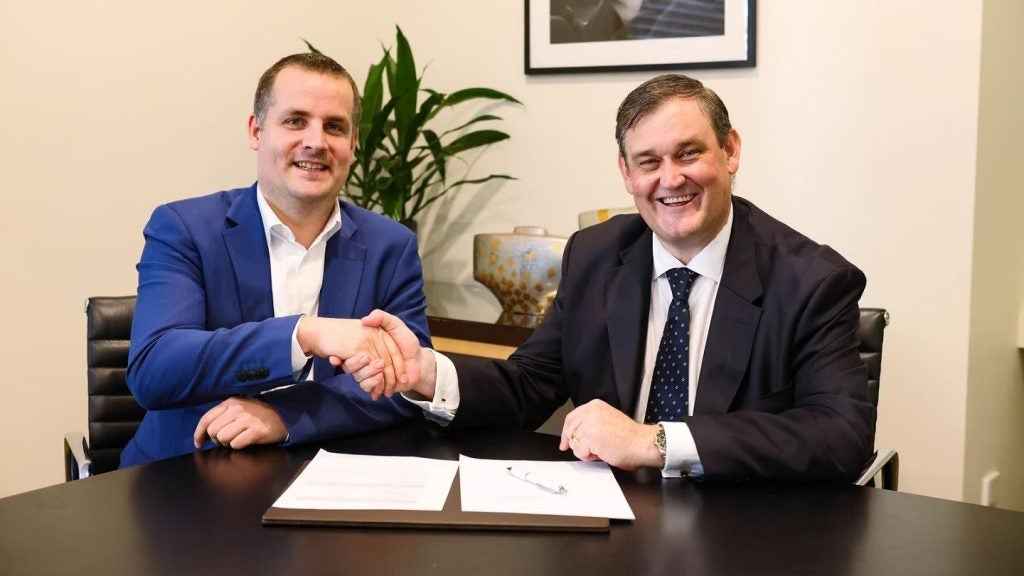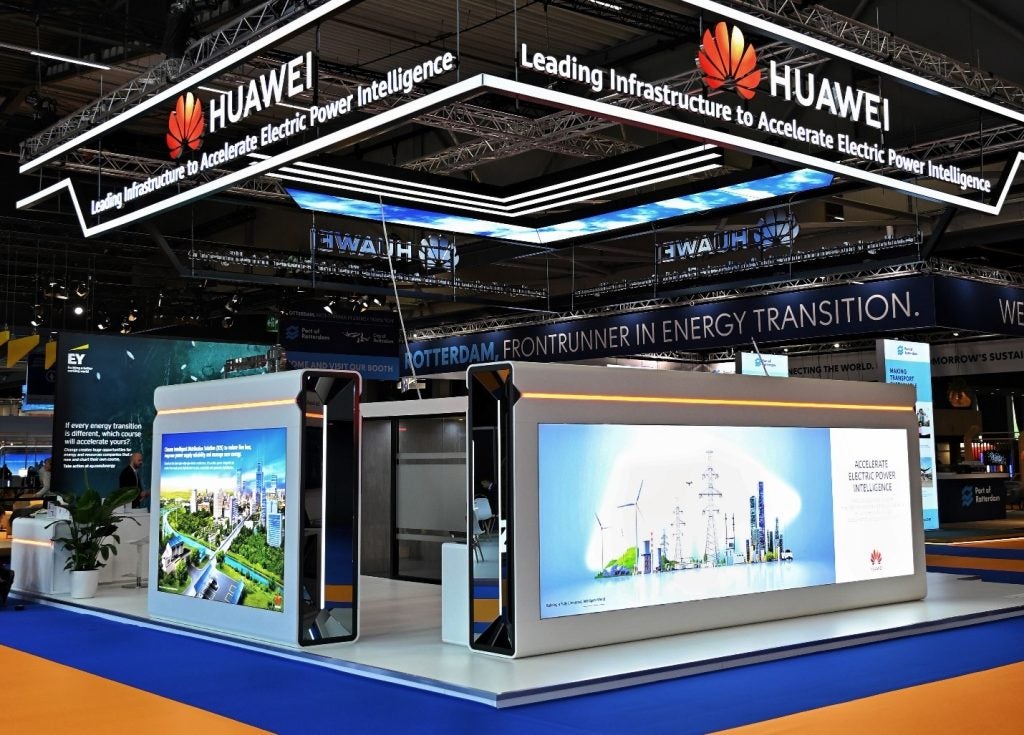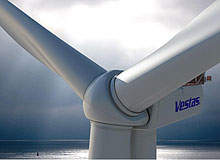

SeaTitan 10MW Wind Turbine
The SeaTitan™ 10MW wind turbine designed by American energy technologies company AMSC is currently the biggest wind turbine in the world. The direct-drive turbine, with 190m rotor diameter, has a rated power capacity of 10MW and hub height of 125m.
The turbine design incorporates a high temperature superconductor (HTS) generator with a speed of 10rpm making it much smaller and lighter than a conventional wind turbine generator.
AMSC started developing the turbine in 2010 and completed the design in 2012. The generator for the wind turbine has been tested by the US Navy in harsh offshore conditions. AMSC is currently negotiating with potential partners to build and commercialise the SeaTitan 10MW wind turbines.
Sway Turbine ST10
The ST10 offshore wind turbine designed and developed by the Norwegian technology company Sway, is the world’s second biggest wind turbine. It has a power output of 10MW, is equipped with a rotor of 164m diameter, has a 2rpm nominal speed and blades 67m in length. The turbine was developed between 2005 and 2012 with an investment of €20m ($27.4m), and is suitable for both fixed and floating foundations.
How well do you really know your competitors?
Access the most comprehensive Company Profiles on the market, powered by GlobalData. Save hours of research. Gain competitive edge.

Thank you!
Your download email will arrive shortly
Not ready to buy yet? Download a free sample
We are confident about the unique quality of our Company Profiles. However, we want you to make the most beneficial decision for your business, so we offer a free sample that you can download by submitting the below form
By GlobalDataThe turbine features a direct drive permanent magnet ring-style generator with ironless stator core. The blades are mounted on an “A-frame” blade support structure to which the outer rim of the generator rotor is connected. Sway Turbine is looking for potential partners to commercialise the ST10 turbine technology.
(Besides AMSC and SWAY, Mitsubishi and Sinovel are also reportedly developing 10MW wind turbines, the details of these turbine designs have not however been revealed.)
Areva 8MW wind turbine
French energy company Areva’s 8MW wind turbine, launched in November 2013, is the world’s third biggest wind turbine by rated capacity. The three blade offshore turbine, featuring 180m diameter rotor and a medium-speed hybrid gearbox, produces up to 8MW of power in an average wind speed of 12m/s.
The turbine design is based on Areva’s M5000 series wind turbines installed at the Global Tech I and Borkum West II offshore wind farms in Germany.
Areva has been developing the 8MW turbines for the UK’s offshore market as well as the second round tender for the 1GW offshore wind farm developments in France. The turbine’s prototype is scheduled to be installed in 2015, while commercial production is expected to begin in 2018.
Vestas V164-8.0 MW
The Vestas V164-8.0 MW, with a rated capacity of 8MW and rotor diameter of 164m, is currently the fourth biggest wind turbine in the world.
The turbine is designed for offshore operation and offers a swept area of more than 21,000m². Each of the three blades of the turbine is 80m long and weighs 35t. The nominal rotor speed of the turbine is 10.5rpm.
Danish wind turbines manufacturer Vestas completed the prototype nacelle for the turbine at Lindø Industrial Park, Denmark, in December 2013. The prototype nacelle will be installed at the Danish national test centre at Østerild in the first quarter of 2014.
Enercon E-126/7.5 MW
The Enercon E-126/7.5 MW wind turbine, launched by the German company Enercon in 2007, is the world’s fifth biggest wind turbine. The 7.5MW gear-less turbine has a hub height of 135m, a 127m diameter rotor, and provides a swept area of 12,668m².
The rotational speed of the upwind rotor with active pitch control varies between 5rpm and 11.7rpm.
The turbines are operational at Magdeburg-Rothensee and Ellern onshore wind farms in Germany, and the Estinnes onshore wind farm in Wallonia, Belgium. Noordoostpolder onshore wind farm in the Netherlands will also use Enercon E-126/7.5 MW wind turbines.
Samsung S7.0-171
The Samsung S7.0-171 wind turbine, developed by Samsung Heavy Industries, is the sixth biggest wind turbine in the world. The offshore wind turbine has a rotor diameter of 171m and rated power capacity of 7MW. The swept area of the turbine is 23,020m² and hub height is 110m.
The turbine features a planet flexpin gear box and a permanent magnet generator. Each of the three blades of the turbine is 83.5m long.
A prototype of the Samsung S7.0-171 was installed in the Fife Energy Park off the coast of Scotland in 2013. Commercial availability of the 7MW wind turbine is expected in 2015.
REpower 6.2M152 / REpower 6.2M126
The 6.2M126 and 6.2M152 wind turbines, developed by the Suzlon group company Repower, are the seventh biggest wind turbines in the world. They are the latest in REpower’s 6.XM series and have a rotor diameter of 152m and 226m respectively. Both the turbines have a rated power output capacity of 6.2MW.
The prototype of the REpower 6.2M152 turbine with 124m hub height is planned to be constructed at an onshore site in northern Germany by 2014.
Commercial production of the turbine is expected in 2015. REpower 6.2M126 wind turbines are already in use at Westre onshore wind farm in Germany, Vlissingen and Westereems onshore wind farms in the Netherlands, and Thornton Bank II offshore wind farm in Belgium.
Siemens SWT-6.0-154
The 6MW gearless offshore wind turbine Siemens 6.0 MW-154 is the eighth biggest wind turbine in the world currently. The turbine has 75m long blades and rotor diameter of 154m providing a swept area of 18,600m². Siemens will supply 300 SWT-6.0-154 turbines for wind farms off the UK coast between 2014 and 2017 under a €2.9bn ($3.56bn) deal signed with Dong Energy in July 2012.
Siemens initiated testing of the turbine at the Østerild test centre, Denmark, in October 2012. A prototype of the turbine with 120m rotor diameter was also installed at the Høvsore test site in Denmark in 2011.
Three new units of the Siemens SWT-6.0-154 wind turbines were installed at Hunterston test site of the UK-based utility SSE in October 2013.
Haliade 150-6MW wind turbine
Alstom’s Haliade 150-6MW wind turbine, with 150m rotor diameter and 6MW rated power capacity, is the world’s ninth biggest wind turbine.
The blade length of the upwind wind turbine is 73.5m and the swept area is 17,860m². The rotor speed ranges between 4rpm and 11.5rpm. The turbine is suitable for operation in both offshore and onshore sites with wind reference speed of 50m/s.
The prototype of the Haliade 150-6MW wind turbine produced first power at an onshore site near Nantes in West France in July 2012 during its certification programme. A second prototype was installed at the Belwind wind park located 45km off the coast of Ostend, Belgium, in November 2013.
Sinovel SL6000
China’s largest turbine manufacturer Sinovel designed and developed the world’s tenth biggest wind turbine, the SL6000 6MW. The 6MW offshore wind turbine has a 128m diameter rotor and offers a swept area of 12,868m². It is the first 6MW wind turbine in China to be independently developed by a domestic company.
The Sinovel SL6000 is an advanced version of the Sinovel SL5000. The first testing unit of the Sinovel SL6000 6MW was installed in Sheyang, in the Jiangsu Province of East China, in October 2011.
Sinovel received an order from the Huaneng Group in February 2012 to supply 17 units of SL6000 turbines for the 102MW Shanghai Lingang offshore wind farm.
Related content
Typhoon resilience – the importance of protecting power supply
The latest disaster in the Philippines is another tragic reminder of the need for innovative power solutions both post and pre-freak weather emergencies.
Russia resurrects floating nuclear power
Russia is planning to deploy its first floating nuclear power plant in 2016, establishing a new way of powering remote Arctic communities.





